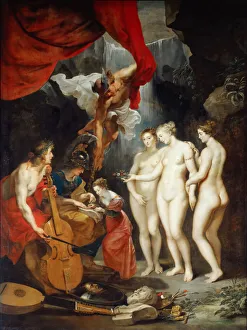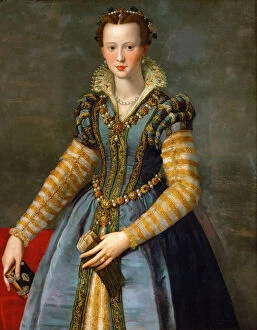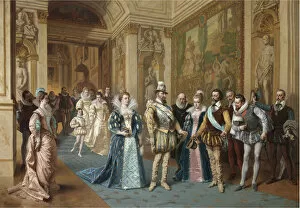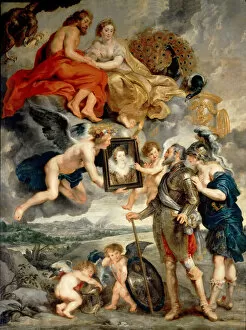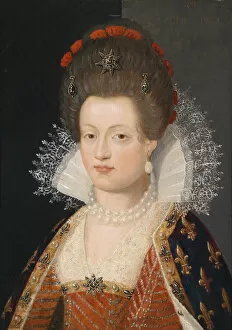Marie De M Dicis Collection
Marie de Medici, a prominent figure in European history, was not only known for her political influence but also for her patronage of the arts
All Professionally Made to Order for Quick Shipping
Marie de Medici, a prominent figure in European history, was not only known for her political influence but also for her patronage of the arts. The Marie de Medici Cycle, a series of paintings by renowned artist Rubens, depicts various significant moments in her life. One painting titled "The Education of the Princess" showcases Marie's upbringing and intellectual development. It highlights her thirst for knowledge and the importance she placed on education. Another portrait captures Marie's regal beauty and elegance. Her refined features are delicately portrayed by the artist, emphasizing her status as a queen consort. "The Wedding by Proxy of Marie de Medici to King Henry IV" illustrates an important milestone in Marie's life - her marriage to King Henry IV of France. This union solidified alliances between powerful European nations and marked a turning point in French politics. In "The Birth of the Dauphin at Fontainebleau, " Rubens immortalizes the joyous occasion when Marie gave birth to their first son, securing the future succession of their dynasty. Throughout these paintings, we witness key events such as "The Meeting of Marie de Medici and Henry IV at Lyons. " This encounter symbolizes their reconciliation after periods of conflict and demonstrates their shared commitment to ruling France together. "The Triumph of Truth" is another notable piece that portrays Marie's dedication to justice and fairness during her regency. She sought truth above all else, ensuring stability within the kingdom during challenging times. Additionally, "The Exchange of Princesses at the Spanish Border" represents diplomatic efforts made by Marie to strengthen alliances with Spain through strategic marriages. These unions aimed to secure peace among warring nations while expanding French influence across Europe. Lastly, "The Consignment of Regency" signifies an essential moment when power was officially transferred from Henry IV to his wife following his assassination. This event marked a significant shift in leadership dynamics within France during this tumultuous period.

